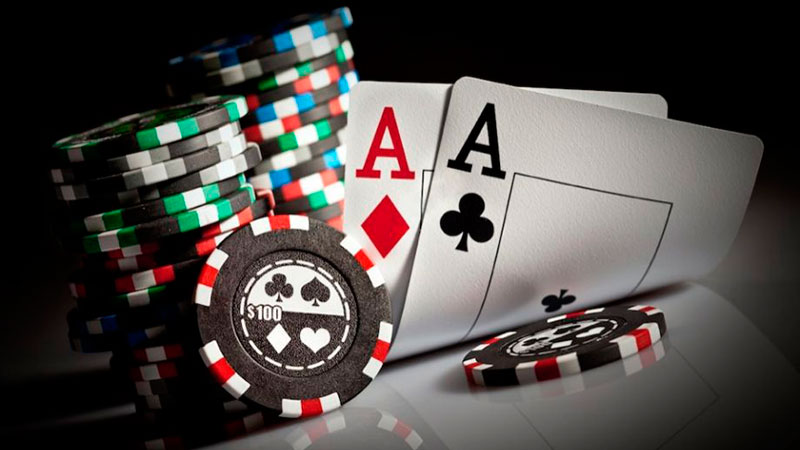Unfortunately, it seems as though there are many gaming regulatory agencies in North America that have little or no interest in monitoring the payback percentages of the thousands of slot machines within their jurisdictions. What exactly is a payback percentage and why should you care about it? The payback percentage is the average return that you’ll get every time you pull the handle on a slot machine. So for example, a machine with a 95% payback percentage is likely to return an average payback to you of 95% of the $-value that you put in. Bad payback percentages are in my view anything under 80%.

Slots are there for fun and to attract the crowds to the casinos, so the pay back percentages should always be favourable to the gambler.
In Nevada, for example, slot machines are required to give gamblers an average payback of at least 75%. At any given time, all that a casino owner or slot machine operator has to do is to change a computer chip in the slot machine itself in order to alter its payback percentage, so long as the machine meets the minimum requirement by law.
But with no little actualy reporting of percentages and no constant monitoring and enforcement of minimum payback requirements, casino bandits in some areas are literally getting away with murder.
It’s said that slot machine operators in jurisdictions such as New York, South Dakota, Ontario and numerous others are not monitored, so obviously be careful and take note of your average wins and losses. You can’t win all the time but a super extended losing streak can definitely be a cause for concern. It’s in your best interest to be on the lookout for bad payback percentages.
